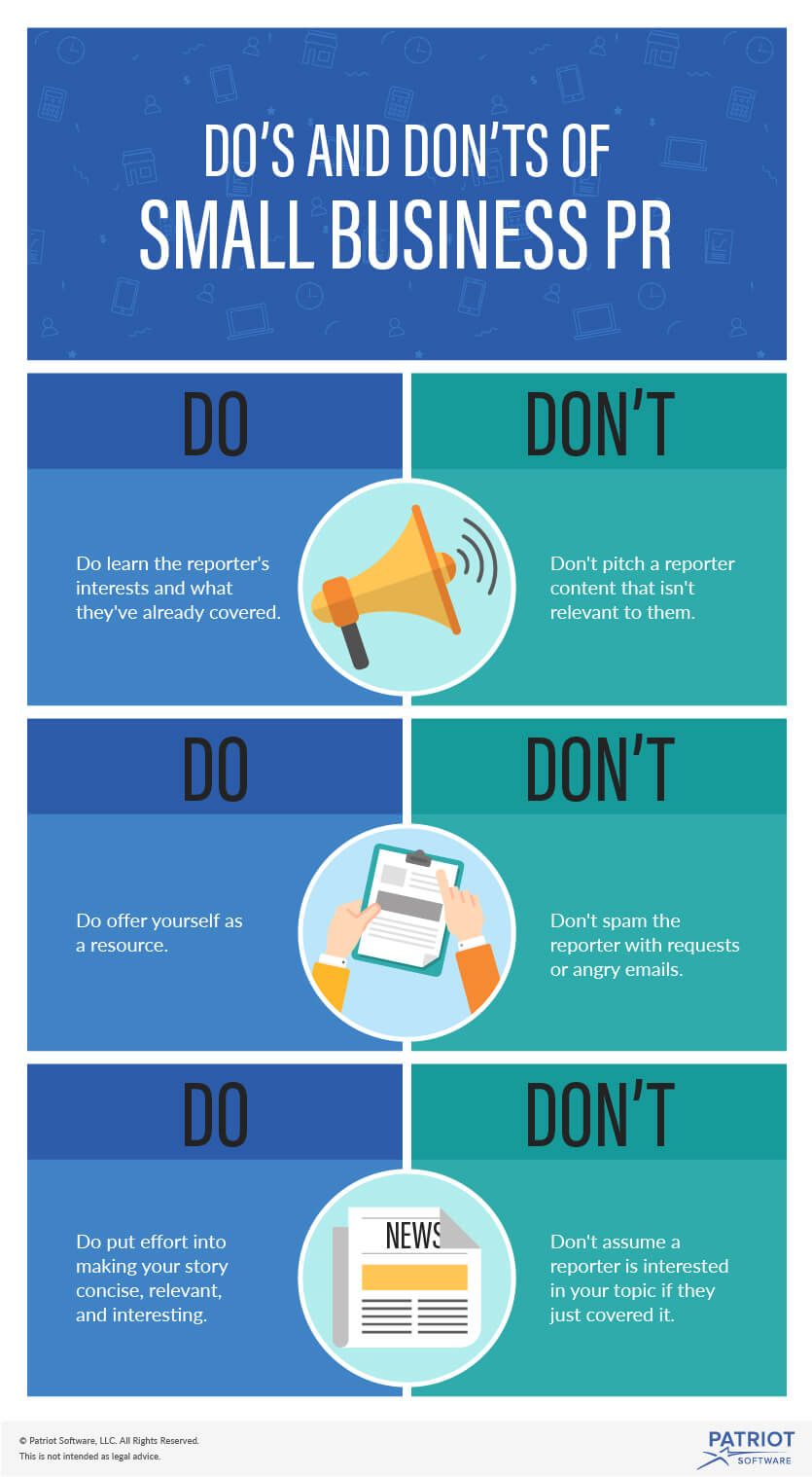This column was originally published on Entrepreneur.com on 6/1/2016.
If you’re good at networking, you can be good at PR for your startup. Public Relations is all about building relationships by sharing mutually beneficial information.
1. Build real relationships.
Unfortunately, where a lot of rookie entrepreneurs — and some veteran entrepreneurs — go wrong is, they think startup PR is about blindly peppering reporters with urgent requests for attention until they get it. To illustrate how bad that idea is, think about how you would feel if you were walking down the street and a random stranger interrupted you and started telling you their life story. Would you feel a little put-off? More than a little? What if, when you asked the stranger why they were telling you all this completely unasked for information, the stranger answered, “It’s your job to report this, isn’t it?”
Sorry, no. It’s a reporter’s job to report news and relevant content to their following. If your news isn’t relevant, you’re just annoying them. Even if your news is relevant, if you haven’t established a relationship with that media member, how do they decide to listen to you versus all the other PR requests in their in-box? Think about it this way: you conduct a market analysis before offering a product, so why wouldn’t you research a media member before pitching them a story?
Strive to build real relationships whenever possible. Make a professional connection. Offer yourself as a resource instead of demanding attention. Comment on quality pieces simply because they are quality. Leverage social media, retweet relevant topics and offer to quote articles. The best way to get your back scratched is to scratch other backs often.
2. Doing your own PR vs. hiring a PR firm.
When you’re just starting out, you often don’t have the budget to pay for marketing. You’ve got better things to invest in like hiring your first employee, or trying to decipher between the benefits of different payroll software packages. The good news is, you usually don’t have to pay for public relations for startups. I say “usually” because occasionally PR firms will charge you a retainer fee to work on your behalf to network with reporters, help you sculpt your message and push to get out news about you.
But you don’t need to pay a PR firm. You can build up your relationships with media members all by yourself. And you should. Relationships last longer than paying for PR companies to serve as an intermediary. PR firms may have standing connections they can reach faster than you can make them, but they still control the access. If you’ve made a connection yourself, you have direct access. In this sense, making connections saves you money.
3. Do’s and don’ts of making connections.
When I started doing startup PR for myself, I researched how reporters like to be contacted or “pitched.” Here is what I found:

Don’t pitch reporters with content that doesn’t pertain to them. In other words, if they don’t cover what you’re doing, why are you telling them about it?
Do read previous work by the reporter to see what their interests are and what they’ve already covered. They work hard at what they do, so put some effort into learning about their work.
Don’t spam them with requests if they don’t get back to you. They get a lot of requests, and they can’t respond to everyone.
Do offer yourself as a resource to be used at their convenience. If a reporter knows they can come to you for information before a deadline, you’ll get more chances at publicity than if you force them to work on your schedule.
Don’t assume that, just because they’ve written about a subject, they want to write about it again immediately after.
Do put effort into making your story concise, relevant, and interesting. A few lines about who you are, what you do, and why you’re so cool is much better than a small book detailing every aspect of your existence.
Don’t follow up with angry emails if you’ve not gotten a response. It’s unprofessional, and there is no way it will help your cause.
Finally, don’t get discouraged. Pitching stories and making connections is all about persistence.
4. Reaching out for the first time.
Here is an example of what I like to use as an icebreaker email to make an initial touch with a media member:
Hello John Media,
I caught your article on ReallyAwesomeTech.com and, wow, great stuff. My company works in that space, specifically in (relevant area). I learned some great insights about the industry, especially your section about (specific portion of the article you liked). That info is especially useful.
Full disclosure, I’m writing as both an admirer and to make a connection. If you ever need a resource for a quote, or clarification on (something your company does), I’m at your disposal. Or, I can connect you with any member of our product team. My contact information is below.
Again, great work,
Best,
Short, sweet, and reporters appreciate the transparency.
5. Crafting your story.
There is no one perfect story when it comes to PR for startups, and no one perfect pitch. When you pitch, you should understand the venue you’re pitching to, and the subject the reporter at that venue covers. These details may make you change certain things about your story to make it more appealing. For example, here are three facts about my company:
- I started my company in the basement of a factory.
- We build accounting and payroll software that runs in the cloud.
- We help American small business owners run their businesses.
Some websites may not care about the tech side of our operation. Instead, they may care more about the human side, about how we help American small business owners, and how that represents our mission statement. A pitch to them may include the ways we help, some poignant examples of how we’ve helped in the past, and our insight into the world of small business ownership.
Alternatively, a more entrepreneurial-focused media venue may want to know more about how I got started as a business owner, small business lessons I’ve learned and how I ultimately became a success.
At Patriot, our PR department calls this carving the story cow. We have one plump story, but there are many ways we can carve it up to make sure each venue gets the cut they want. We just have to be excellent butchers — and we are!
6. Respect the media.
You may think your story is amazing, and maybe it is. But reporters and media members get “amazing” stories every day, all day. They’ve heard stories about basement startups, garage startups, innovations, breakthroughs and heartbreak. You may think there is something amazing about your tale of launching a startup that must be told, but if reporters aren’t biting, you may want to find another angle.
If a member of the media does take on your story or pitch, give them creative control. You’ll want to make sure the facts are accurate, of course, but you should respect their judgment, for two reasons.
First, it will help you maintain the relationship with that influencer. Nothing is more annoying than when someone who doesn’t work in the industry or report for a living tries to dictate what the person who does should be doing. Let the professional be professional.
Second, they know what angles work best in their space. If they suggest a tweak, listen to it and let it happen. Not all media members are out to make your operation sound salacious or do damage to your brand, some simply want the content to be as strong as it can be.
7. Think ahead!
Members of the media need lead time to get content written and cross-checked by editors. If you’re looking for something like a Tweet or a social share, that takes less time. But, if you want a full article written or a story done about your company, that could take weeks or months. PR for startups requires thinking strategically and aligning the times when your news will make the biggest impact — and also get picked up by the media.
